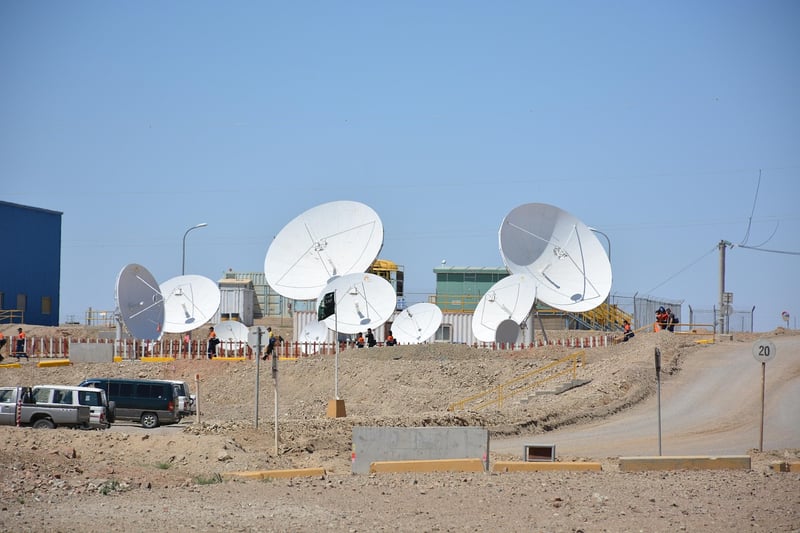Satellite Networks
The Future of Satellite Networks: Innovations in Space Technology
Satellite networks have revolutionized the way we communicate, navigate, and gather information. With advancements in space technology, these networks are poised to become even more efficient, reliable, and widespread. Let's explore some of the latest innovations shaping the future of satellite networks.
1. Small Satellite Revolution
One of the most significant trends in satellite technology is the rise of small satellites, also known as CubeSats or nanosatellites. These miniaturized satellites are cost-effective to build and launch, enabling companies to deploy constellations of satellites for various applications such as Earth observation, communication, and weather monitoring.

2. High-Speed Internet from Space
Companies like SpaceX and OneWeb are working on ambitious projects to provide high-speed internet access to underserved areas using satellite constellations. By leveraging advanced technology and innovative network designs, these companies aim to bridge the digital divide and connect people worldwide.

3. Laser Communication Systems
Laser communication systems offer higher data transfer rates and lower latency compared to traditional radio frequency systems. By using lasers to transmit data between satellites in space, companies can enhance the efficiency and capacity of satellite networks, enabling faster and more reliable communication.

4. Space Debris Mitigation
With the increasing number of satellites in orbit, space debris poses a significant threat to satellite networks. To address this challenge, companies are developing technologies such as active debris removal systems, deorbiting mechanisms, and collision avoidance algorithms to ensure the sustainability of space operations.

These innovations highlight the exciting developments in space technology that are reshaping satellite networks and expanding their capabilities. As we look towards the future, the integration of these advancements will drive the next generation of satellite communications, opening up new possibilities for connectivity and exploration.
References:
